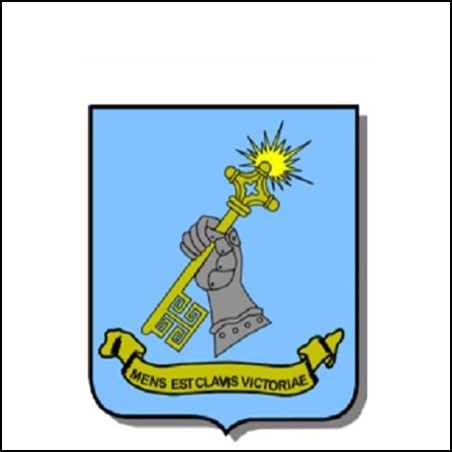
e-Document
|
Strategy, operational art and MacArthur in the Southwest Pacific 1944.
Copies
0 Total copies, 0 Copies are in,
0 Copies are out.
Title
Strategy, operational art and MacArthur in the Southwest Pacific 1944.
Call No
CDMC School of Advanced Military Studies Monograph
Digital Link
Authors
Subjects
Language
English
Published
Fort Leavenworth, KS : US Army Command and General Staff College,, 2016-05-26.
Target Audience
Unknown or not specified
MLA
APA
Chicago
0
/
0








